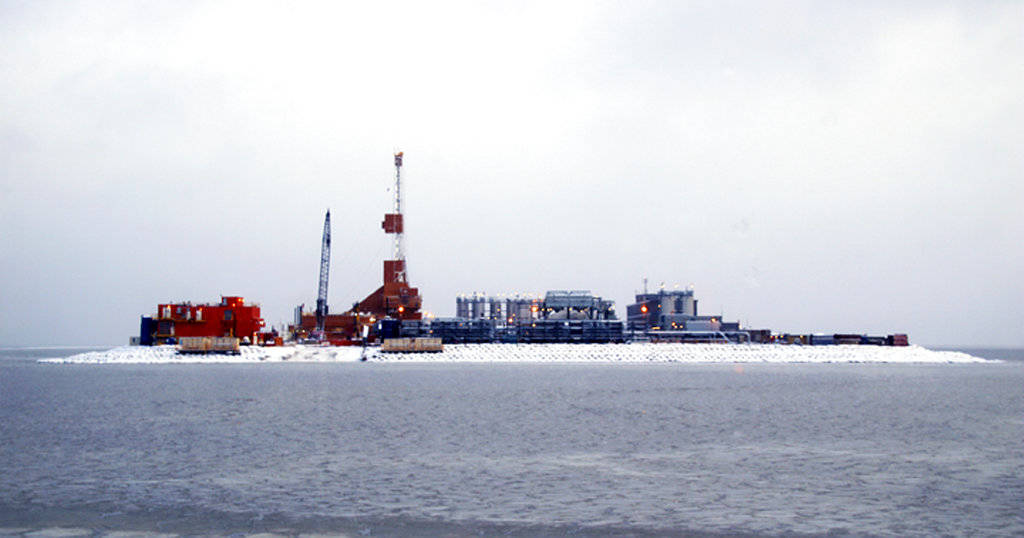The Trump Administration has released a draft plan calling for oil and gas lease sales across Alaska’s coasts, including in Southeast waters.
The proposal, published at 9 a.m. Alaska Time on Thursday by Secretary of the Interior Ryan Zinke, calls for a lease sale in federal waters off Southeast Alaska in 2023.
Other lease sales would take place in federal waters across the state, including areas that have never seen an oil well. Bristol Bay is the only area without a planned lease sale. The sales are not confirmed, nor is any drilling. Thursday’s announcement is merely a draft plan that will go through a public comment process and possible modification before it is finalized.
Nineteen lease sales are proposed for Alaska waters under the plan. If the plan is finalized with Southeast included, oil companies would bid on the right to drill in swaths of seabed. Winners would be permitted to seek oil and gas, if their plans pass muster with federal regulators. The lease sales cover federal waters, which extend from 3-200 nautical miles offshore. Anything within 3 miles is state waters subject to state permission.
“The Department of Interior’s draft five-year offshore leasing plan is an important step toward allowing Alaskans to responsibly develop our natural resources as we see fit,” said Gov. Bill Walker in a supportive statement.
He added that he looks forward to continued discussions “to ensure that any offshore development takes into account environmental and safety concerns, and robust input from community residents who live, work, and subsist in the lease sale areas included in this proposed plan.”
An oil well hasn’t been drilled in Southeast Alaska’s federal waters since 1983, when ARCO finished and capped an exploratory project south of Yakutat Bay.
Three lease sales took place in Southeast waters between 1976 and 1981, but none since then. Scheduled sales between 1997 and 2002 were canceled for lack of interest. According to the records of the Bureau of Ocean Energy Management, all the wells drilled in Southeast Alaska were sunk in extreme northern Southeast, between Dry Bay and the Copper River delta.
Just southeast of that delta is the Katalla Oil Field, the oldest explored oil field in Alaska. First drilled in 1901, its wells remained in operation until 1933.
Southeast Alaska isn’t the only place facing a federal lease sale in 2023: All of Alaska’s federal waters, with the exception of Bristol Bay and the Chukchi Sea, would be available for oil and gas drilling in that year. The Chukchi Sea wouldn’t hold a sale that year, but it would see sales in 2020, 2022 and 2024.
The Beaufort Sea, northeast of Utqiagvik, would see the first sale, in 2019.
The sales would not be possible without the intervention of President Donald Trump. With executive orders earlier this year, Trump overturned President Barack Obama’s decision to bar lease sales in the Arctic Ocean and other federal waters off Alaska. Trump also called for a new schedule of lease sales, overwriting a schedule implemented by Obama in his final year of office.
“This administration continues to take important and necessary steps to reverse a series of misguided attempts to shutdown responsible resource development across Alaska and the Arctic,” said Sen. Dan Sullivan, R-Alaska, in a statement praising the move.
Sen. Lisa Murkowski, R-Alaska, also called the announcement “a positive step” and said it will help “reinforce our nation’s status as a global energy leader.”
• Contact reporter James Brooks at james.k.brooks@juneauempire.com or call 523-2258.

